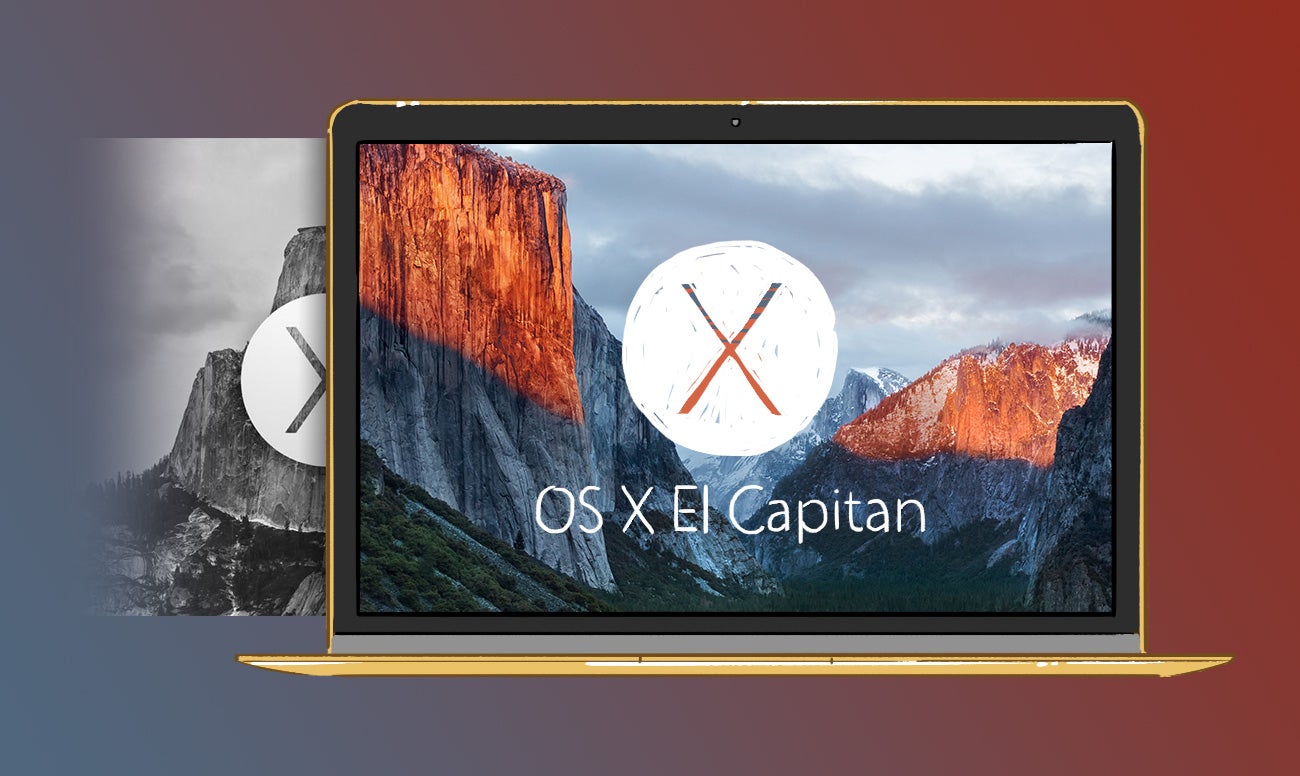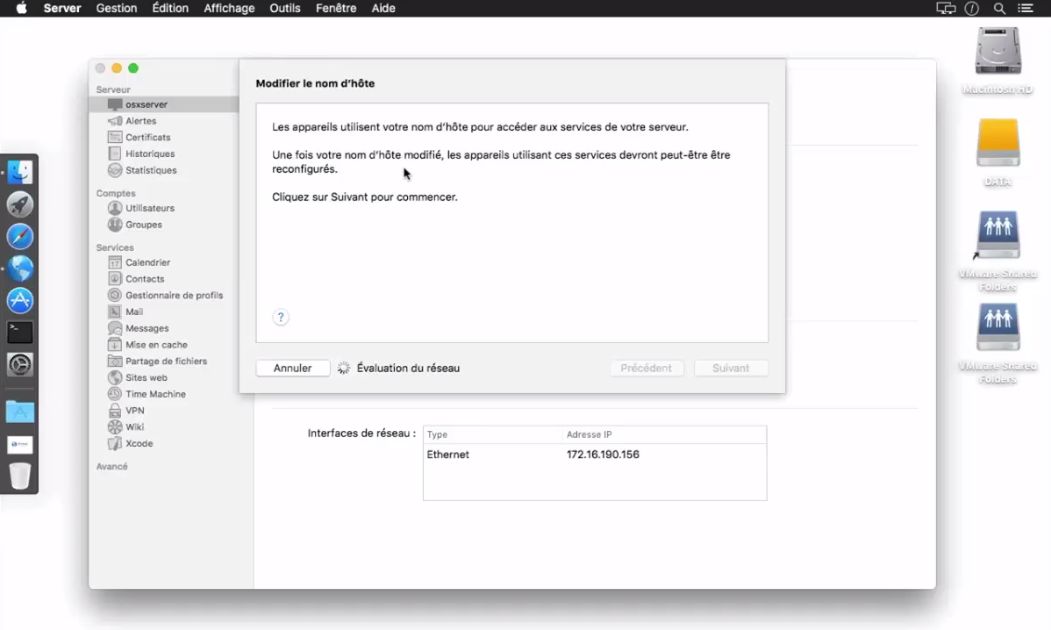
- Apple os x server el capitan install#
- Apple os x server el capitan upgrade#
- Apple os x server el capitan password#
Don’t know how I got into it on 10.6.8 because it won’t let me there. I just have to get that control panel back to turn on and off the Sharing without having to use Terminalīut if you cannot be allowed into the /etc/ you are screwed. Now my php sites show up, and it does allow me to edit. …and then I fixed the nf file and the Sites folder permissions with command-i, because before that it would not let me edit a file in the Sites folder.


I used this text for 10.8.3 instead of what I saw here and in where he’s doing it for 10.11 but had the clearest explanation which I followed to success. Thank God you can still get to the etc directory that way. Saw my errors and deleted the files I created accidentally manually. LoadModule php5_module libexec/apache2/libphp5.so LoadModule proxy_http_module libexec/apache2/mod_proxy_http.soĤ) Optional for PHP: You need to re-uncomment the following from the nf as well: LoadModule proxy_module libexec/apache2/mod_proxy.so Include /private/etc/apache2/users/*.confģ) In my /etc/apache2/users/$nf file I had ProxyPass configured as well, and to get it working again I had to re-uncomment the following from my nf Include /private/etc/apache2/extra/nfĢ) Uncomment from /etc/apache2/extra/nf LoadModule vhost_alias_module libexec/apache2/mod_vhost_alias.so LoadModule userdir_module libexec/apache2/mod_userdir.so What worked for me after upgrading from El Capitan to Sierra as well:ġ) Uncommenting from /etc/apache2/nf Fix for me was the answer by Hesham (first of six as of ) at StackOverflow
Apple os x server el capitan upgrade#
You can get MAMP free from here.Īfter upgrade from Yosemite to High Sierra, I got 404 not found on a localhost user directory, although plain localhost gave “It Works!” as it should.
Apple os x server el capitan install#
You can either install and configure those manually, or you can go the pre-configured route through an all-in-one server app like MAMP, which includes Apache, MySQL, and PHP in a simple to control app-based web server package. The default Apache server is barebones and does not have PHP, MySQL, or anything particularly fancy enabled. If you make changes to the server and just want to restart it, that can be accomplished with the following command instead: To shut down the web server, go back to the command line and type the following: Shutting Down Apache & Restarting Apache Server

This whole process is quite fast, and can be completed in under a minute as demonstrated in the video walkthrough below: Using is also fine, and by editing the hosts file you can set a local domain to whatever you want to create a local test environment with an otherwise live domain. You can now also visit to see the contents of whatever is stored in the user ~/Sites/ directory – if anything is there per user – and you can add an index.html file or whatever else you’d like to the directory to serve it to the outside world or even just your LAN. Note, if you just want to use and modify ‘localhost’ root and not the user level Sites at localhost/~user, you can find the apache webserver files and ‘It Works!’ html in the following location: Apache Web Server Documents Location & User Sites Folders Now that you’ve started a successful Apache server in OS X, you can either modify the core ‘localhost’ files, or go further with the user files. Launch Safari, Chrome, or Firefox and navigate to “” to verify the server is running, you will see an “It Works!” message.Next, you will start the Apache web server with the following command:.Now hit Control+O to save the changes to nf, then hit Control+X to quit out of nano.Edit the Directory path USERNAME to the appropriate username.

Apple os x server el capitan password#


 0 kommentar(er)
0 kommentar(er)
